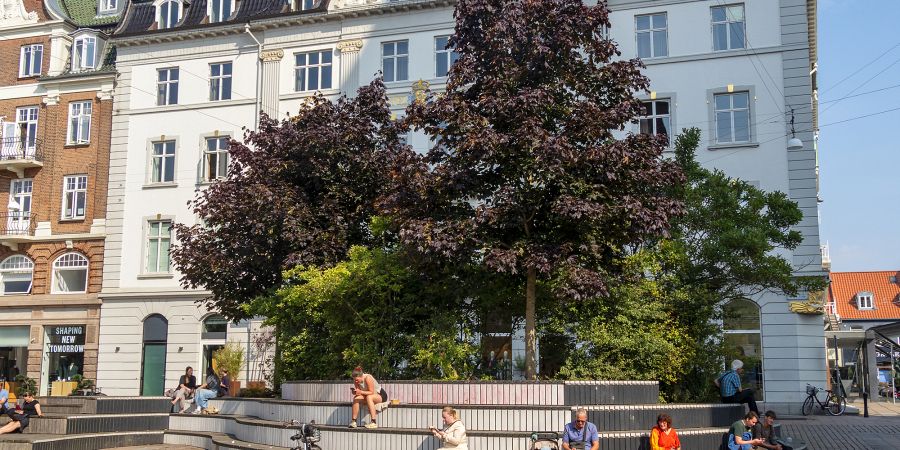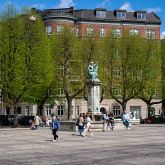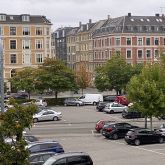
We love urban trees
You may have heard of landscape architect Henry F. Arnold, who once said: “Half of good urban design is about trees. And when trees are grouped in clusters and avenues, they create unique urban spaces that people will naturally be drawn to and enjoy spending time in.”
But trees don’t just create beautiful urban areas:
They also provide shade for sidewalks and bike paths during summer (on the hottest days, they can lower city temperatures by up to 7°C). In spring, their light green leaves and blossoms bring joy; in autumn, it’s their vibrant colors. In winter, they allow light to filter through their bare branches. All of this benefits both people and biodiversity.
On a practical level, we know that trees absorb large amounts of CO₂ (including vehicle emissions), helping to make urban air cleaner to breathe.
Their roots absorb vast amounts of rainwater, easing the burden on city sewer systems.
And speaking of traffic: studies show that urban trees have a positive impact on road safety by calming traffic and encouraging a more tolerant attitude among all road users.
Economically, they often add value to residential areas. There are countless examples showing that, all else being equal, a property on a tree-lined street will hold a higher value than one without trees nearby.
These are just some of the arguments we hear when speaking with passionate professionals about why we need to plant more urban trees.
There are surely more.
At BOXofGREEN, we’re in no doubt: including as many trees as possible in urban design brings great value to cities, their residents, and the urban ecosystem.



